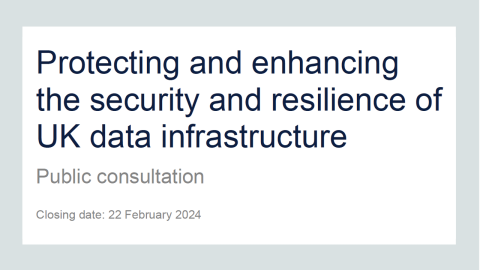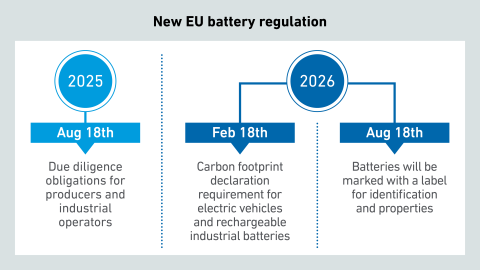Sometime after 2026, the EU is expected to adopt an upcoming version of CENELEC's TS 50600-5-1 Maturity Model to assess data center sustainability. The current technical specification has some controversial elements.
filters
Explore All Topics
Adoption of direct liquid cooling (DLC) continues to grow slowly, according to recent Uptime research. However, more operators are considering it for future use due to mounting thermal management and sustainability challenges.
Electric grids face serious issues largely because of national efforts to reduce carbon emissions and boost electrification. Data center growth will add to these problems - but unreliable data could lead to poor decision-making.
The reporting of IT equipment Scope 1 to 3 emissions across the data center value chain can account for the same emissions up to six times. Sustainability efforts should favor achieving more efficient, less carbon-intensive operations.
Most cyberattacks are sudden and target financial gain. Attacks on data centers and critical infrastructure can be very different. State-sponsored hackers use varied and sophisticated tactics in support of geopolitical goals.
Cyberattacks on operational technology (OT) systems are rising, and OT failure could be catastrophic for data centers. Managers need to understand the nature of the threat and the defense options to protect their critical environments.
Uptime Intelligence is inviting interested parties to collaborate on an initiative to improve data sharing between co-hosting / colocation companies and IT operators in order to comply with regulations and meet sustainability goals.
Refrigeration's history of progress is also a history of environmental concern. Whenever new refrigerants solve a problem, they create further crises down the line - and now history appears to be repeating itself.
The final EED delegated regulation was published on March 14, 2024. Data center operators have until September 15, 2024, to report the required information and key performance indicators to the EU database on data centres.
A lack of clarity surrounds the EED reporting timeline for data center operators. The directive mandates the public reporting of 14 items by May 15, 2024, but member states have yet to publish their reporting requirements.
Preliminary calculations by Uptime Intelligence suggest the initial impact of generative AI on global data center power use is low - but it will rise quickly as adoption increases. How far generative AI will go remains unclear.
The US Energy Information Administration has obtained an order requiring cryptocurrency mining operations to report their energy use. It is likely that traditional data centers will also be required to report energy consumption in 2024.
Data center operator shifts typically range from seven to 12 hours. Longer shifts are often preferred by employees, but can introduce significant risks.
Operators of data centers in the UK have voiced concerns over the proposed resiliency and cybersecurity regulations that are aimed specifically at providers of colocation and "co-hosting" services.
New EU legislation will raise recycling and reporting standards for batteries, regardless of chemistries. Although motivated by battery use in electric vehicles, the regulations also place obligations on data center operators.
 Dr. Tomas Rahkonen
Dr. Tomas Rahkonen

 Douglas Donnellan
Douglas Donnellan
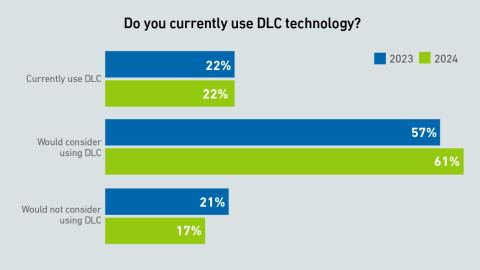
 Peter Judge
Peter Judge

 Jay Dietrich
Jay Dietrich
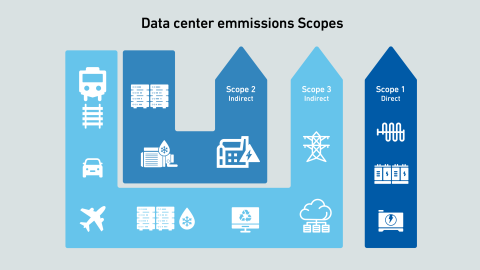
 Michael O'Neil
Michael O'Neil

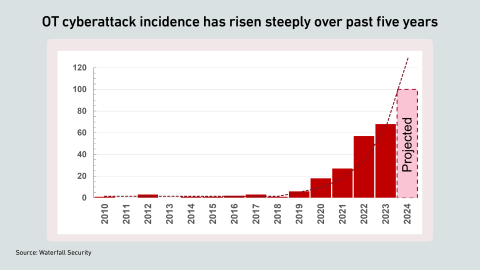
 Andy Lawrence
Andy Lawrence

 Daniel Bizo
Daniel Bizo
 Jacqueline Davis
Jacqueline Davis
 Rosa Lawrence
Rosa Lawrence





 Rose Weinschenk
Rose Weinschenk
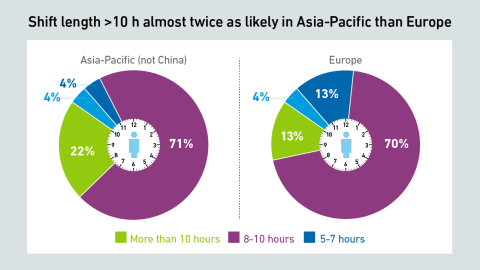
 Max Smolaks
Max Smolaks
